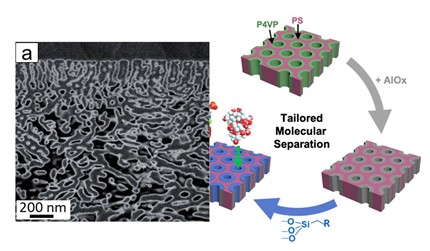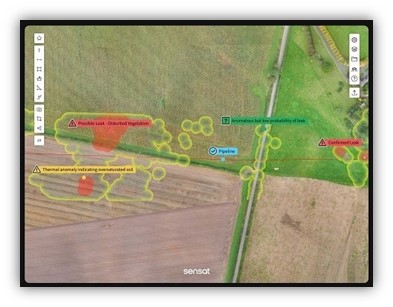Water Tech Spotlight: the latest technology developments in the water industry | January 2022
Tech solutions and innovations are the mainstays towards a water-wise world. IWA’s Water Tech Spotlight is a monthly blog that aims to highlight worldwide the latest technology developments in the water industry. Scroll down to find out more.
WaterStart and the Southern Nevada Water Authority (SNWA) have partnered with Xylem to pilot an optimization solution embracing operational systems, GIS, and sensor-supported hydraulic modeling. This digital collaboration will help water utilities augment operational efficiency, cost management, assessment of water infrastructure condition as well as improve water demand forecasting and perform real-time water quality optimization. Read more…
Urine-separation toilet ‘save!’ by Laufen was awarded the Design Prize Switzerland 2021.
This future-proof toilet is the result of a collaboration between Laufen Bathrooms, Austrian design studio EOOS, and the Swiss water research institute Eawag. Based on source-separation technology, this toilet separates urine from other waste streams through a channel inside the toilet pan by leveraging sophisticate interior geometry and surface tension. It is a promising innovation for achieving SDGs by allowing different waste streams to be processed efficiently and valuable nutrients to be recovered sustainably. Read more…
Filtering sub-10 nm sized particles and molecules remains a cross-sectoral challenge for existing membrane separation techniques, due to lack of membranes with highly tunable pore size and designed functionality. However, researchers from the Technion – Israel Institute of Technology and the Helmholtz-Zentrum Hereon Center in Germany have fabricated well-structured hybrid organic-inorganic-organic isoporous membranes for energy-efficient separation, published in Advanced Materials. These functionalised membranes comprise self-assembled block copolymers with metal oxide, showing promising results in separating 1–2 nm organic molecules. Read more…

Right: Membrane manufacturing process – growth of metals within the membrane channels in a precise way that controls their size, and then creating a response to obtain a membrane with a unique physical property. Left: Sectional view of the membrane showing a combination of the metal oxides on top of the block-copolymer membranes, Image courtesy of Technion, Israel Institute of Technology.
Macao Water has commissioned its fourth water treatment plant (WTP) – Seac Pai Van Water Treatment Plant – to increase its daily water supply capacity from the existing 390,000 m3 to 520,000 m3. This plant is harmonious with Macao’s landscape and employs SUEZ’s chartered technologies to remove micropollutants. In addition, it comes with solar-powered streetlights, an efficient pumping system, and water reuse systems, aiming at significant energy savings and carbon footprint reduction. This project will raise Macao’s global profile as a leader in sustainable development. Read more…
In a running battle to eliminate leakages in water distribution networks, United Utilities has teamed up with Sensat to trial an AI-supported solution to predict the locations of leaks. Thanks to unmanned aerial vehicles (UAV) technology and high-resolution photogrammetry, a probability-based algorithm is developed to automatically identify potential leak locations and greatly reduce manual inspections. Read more…

Algorithm assesses thermal imaging and high-resolution photogrammetry visualised in Sensat to predict where water leakage is present, Image courtesy of Sensat.
Under the support of five Dutch water authorities and the Belgian Aquafin, Brightwork is working on a pilot to remove micropollutants as well as phosphorus. The core technology lies in the use of a granular activated carbon (GAC)-enabled continuous aerated filter with integrated adsorption and biodegradation processes, allowing enhanced activated carbon saturation and endurability. Read more…
Disclaimer: The International Water Association (IWA) is not liable for any damages arising in contract, tort or otherwise from the use of or inability to use WaterTech Spotlight or any material contained in it, or from any action or decision taken as a result of using it. The contents of WaterTech Spotlight do not comprise the IWA’s views; they do not constitute legal or other professional advice. You should consult your professional adviser for legal or other advice. IWA is not responsible for the content of any linked site or any link in a linked site. IWA is not responsible for any transmission received from any linked site. The links are provided to assist readers and the inclusion of a link does not imply that IWA endorses or has approved the linked site.
Cover image courtesy of EAWAG

